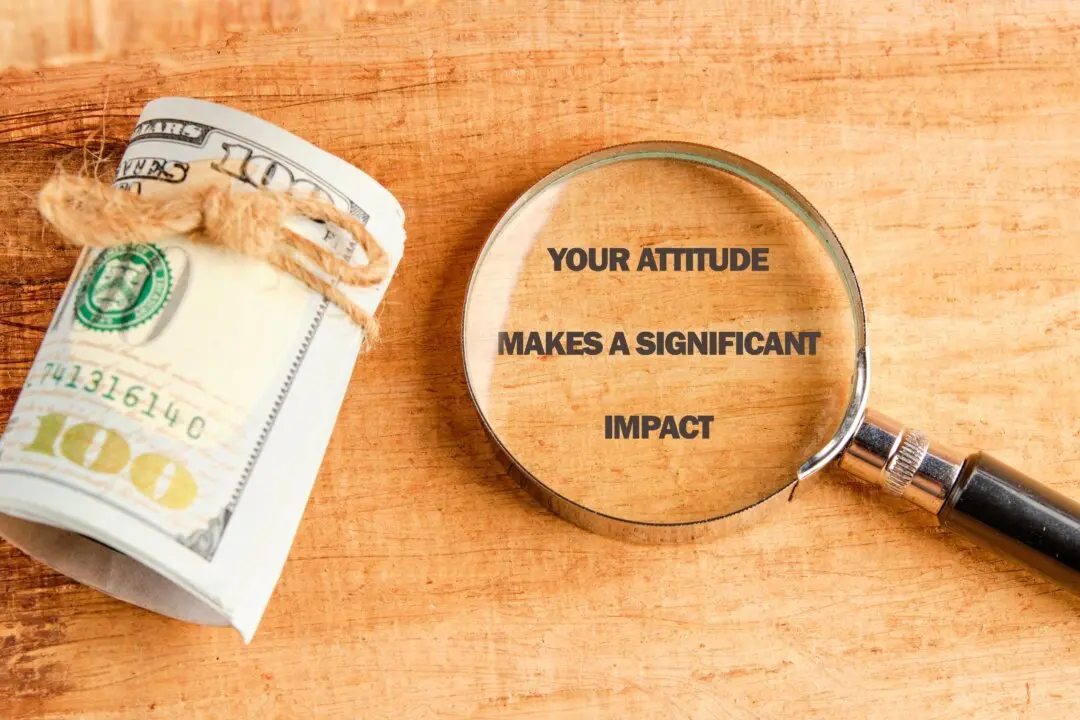I’m fascinated by successful people who never gave-up. Whether if it’s Bill Gates overcoming failure, Richard Branson conquering dyslexia, or J.K. Rowling never giving-up despite rejection, these stories keep me going when I need a motivational boost. However, I’ve been paying extra attention to these three extraordinary individuals as of late. With no disrespect to anyone else who has their own stories of overcoming the odds, these people have really overcome the odds.
1. Soichiro Honda
“Success is only one percent of your work, and the rest—bold overcoming of obstacles”—Soichiro Honda.Born in 1906, Honda grew up in the town of Tenryu, Japan and was the eldest son of a blacksmith who repaired bicycles. At the age of 15, he left school and moved to Tokyo. During his teens Soichiro worked as cleaner, cook, and assistant mechanic.






